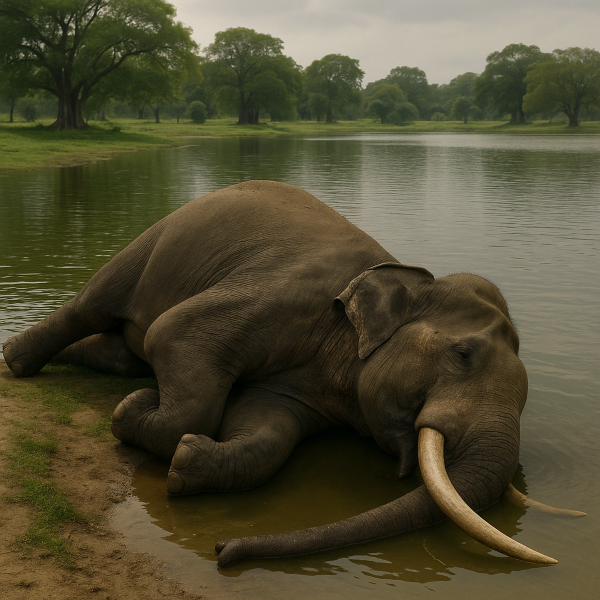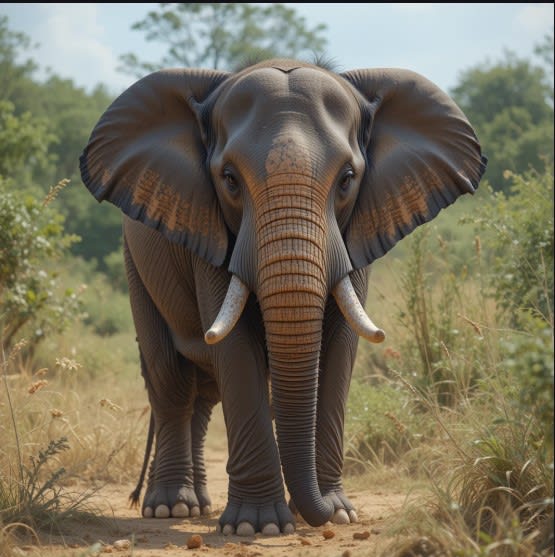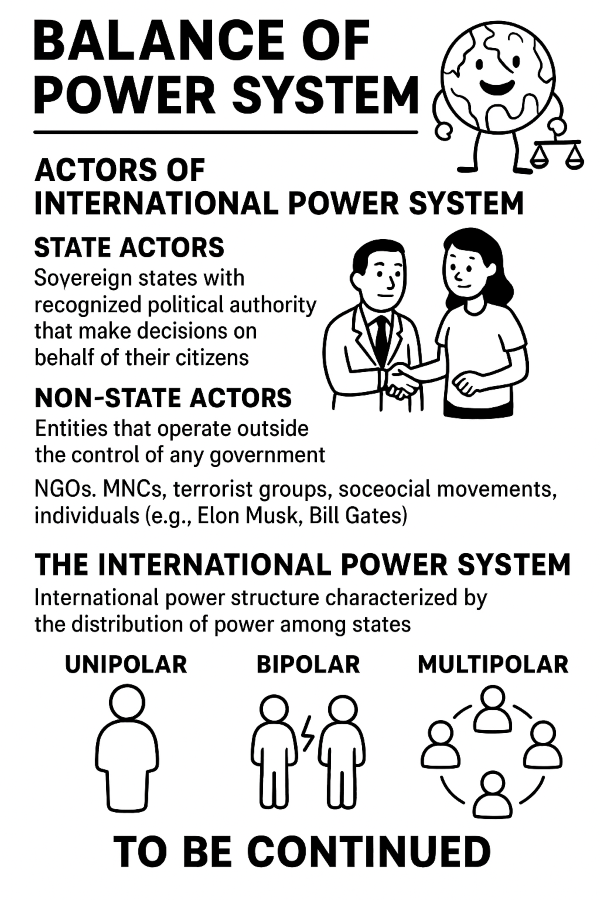Bathiya: A Tusker Larger Than the Wild [The Human-Elephant Conflict] – By FAZLI SAMEER
Source : fazli.substack.
In the hushed green stillness of Kalawewa, where the wind speaks softly through the trees and the ancient waters reflect the skies of countless centuries, there once walked a tusker named Bathiya. To call him merely an elephant would be to deny his quiet power. Bathiya was a presence, regal, gentle, and deeply rooted in the spirit of the land. Bathiya was a wild elephant; a large Asian elephant (Elephas maximus maximus) known as a tusker. He roamed the dry-zone forests near Kalawewa and Polpithigama in Sri Lanka’s North Western Province. Media reports described him as a “famous giant tusker” and a “majestic elephant” reflecting how many locals admired his calm, regal presence. Bathiya’s long tusks made him exceptionally rare: only about 7% of Sri Lankan male elephants grow visible tusks. For this reason, he was widely regarded as a gentle giant and a symbol of Sri Lanka’s natural heritage.
To the villagers of Polpithigama, he was more than a wild animal. He was Bathiya Aththa, grandfather Bathiya, a figure of respect and affection, a wise elder who watched over the forest.
Thanks for reading Those Fuzzy Days! Subscribe for free to receive new posts and support my work.
With his sweeping tusks and calm demeanor, Bathiya embodied grace. He moved slowly and deliberately, like he knew the forest’s secrets and had no need to rush. Rangers, villagers, pilgrims, and wildlife enthusiasts all spoke of him with a mixture of pride and awe. He never raided crops, never showed aggression, and always carried himself with a patience that seemed beyond human understanding. Among Asian elephants, already rare and revered, Bathiya stood out not only for his appearance, but for the spirit he seemed to carry.
For years, he wandered the forests of Kalawewa National Park and its borders, slipping through the misty glades and sun-dappled clearings like a living myth. He would emerge silently near a waterhole or be glimpsed near the bund of a tank, pausing to look at the world with eyes that had seen more than most.
But in June 2025, the forest held its breath.
Bathiya was found lying near the edge of the Polpithigama tank, his massive body partially submerged in the shallows. His front leg was badly swollen, and he could not rise. Those who came upon him wept, not from fear, but heartbreak. The mighty tusker who had once moved like a breeze through the bush was now stuck, struggling not against nature, but against human failure.
The people rallied. They brought him food, massive quantities of fruit, leaves, sugarcane. He ate nearly 200 kilograms a day. His trunk still moved, his eyes still followed those who spoke softly to him. He responded to love. He tried, again and again, to rise. This was no defeated animal. This was a warrior clinging to life.
But where was the help?
Wildlife officers came and went. Antibiotic Injections were given. A few photos were taken. Statements were issued. But the kind of intervention Bathiya needed, a hoisting frame, a medical scan, proper diagnostics, sustained care, never arrived in time.
Offers came from engineers willing to donate equipment, volunteers ready to build support structures, doctors who wanted to assist. But bureaucracy smothered compassion. Days passed. Excuses flowed like water: “We’re monitoring the situation,” they said. “We’ve spent half a million rupees on antibiotics,” they added, as if cost could measure care.
But what is medicine without a plan? What is wildlife protection without urgency?
The truth is plain: even the most famous, most beloved wild soul in Sri Lanka was left to suffer, inch by inch, day by day, because the systems meant to protect him were not prepared to do so. Bathiya’s was not just the story of one elephant’s fall. It was a mirror reflecting our collective failure to value life, not in sentiment, but in action.
Through scorching heat and chilling rain, Bathiya lay surrounded by people who loved him and systems that failed him. His injuries were grave, a gunshot wound in his leg, a puncture wound from a nail-studded board in his foot, and neurological complications that likely worsened his condition. And yet, his spirit never dimmed. He moved his trunk, responded to familiar voices, and even shifted his weight, trying to rise with whatever strength he had left.
In the early hours of July 15, 2025, Bathiya drew his last breath.
A hush fell over the forest. The birds fell silent. The tank’s still waters seemed to mourn. Across the country, hearts broke. Not just because we had lost an elephant, but because we had lost something more, a symbol of dignity, a soul who had walked the earth with quiet nobility.
Bathiya’s life and death now raise a question we can no longer avoid: If an elephant so well-known, so loved, could be left to die without a serious rescue attempt, what hope do the unnamed and unseen animals of our forests have?
His passing must not be just another sorrowful entry in a conservation report. It must be a turning point.
We need systems that are swift, coordinated, and responsive. We need lifting frames stationed at national parks. We need mobile diagnostic units. We need empowered local wildlife units that are trained and ready, not in theory, but in practice. Most of all, we need a shift in how we see the wild, not as a nuisance, not as something to be tamed or tolerated, but as a vital, breathing part of our shared world.
In villages across Kalawewa, children still whisper Bathiya’s name. Elders still speak of the time they saw him near the edge of the lake, silhouetted against the dawn. Some still dream of him, walking tall and free through forests that stretch beyond time.
Let Bathiya Aththa live on, not just in memory, but in a movement. A movement that says: No more preventable deaths. No more forgotten guardians. No more waiting while the wild fades.
Let him be the last of his kind to die this way.
You walked this land with dignity. You were never ours to own, only ours to protect.
We failed you. But in your memory, we promise to do better.
Rest now, gentle giant. Your story will be told. Your name will be remembered.
And one day, because of you, another tusker may rise from the forest floor, not alone, not neglected, but lifted by a nation that has finally learned to care.
Thanks for reading Those Fuzzy Days! Subscribe for free to receive new posts and support my work.

























